Mole (pronounced "moh-leh") is a traditional Mexican sauce made from a complex blend of ingredients including chili peppers, chocolate, nuts, seeds, and spices. Contrary to common misconception, mole is not a single spice but a rich, flavorful sauce used in various Mexican dishes. The word "mole" comes from the Nahuatl language, meaning "mix" or "blend," which perfectly describes its intricate nature.
Table of Contents
- What Is Mole?
- Mole Basics: A Quick Overview
- Types of Mole and Their Unique Flavors
- Practical Tips for Using Mole in Your Kitchen
- Buying Guide: How to Choose the Best Mole
- Frequently Asked Questions About Mole
- Conclusion
What Is Mole?
Mole is a traditional Mexican sauce with deep cultural roots. It's not a single spice but a carefully crafted blend of ingredients like dried chilies, chocolate, nuts, seeds, and spices such as cinnamon and cloves. The word "mole" originates from the Nahuatl language, meaning "mix" or "blend," reflecting its complex preparation process. While often called a sauce, mole can also refer to the spice mixture used to create it, though the final product is always a rich, cooked sauce.
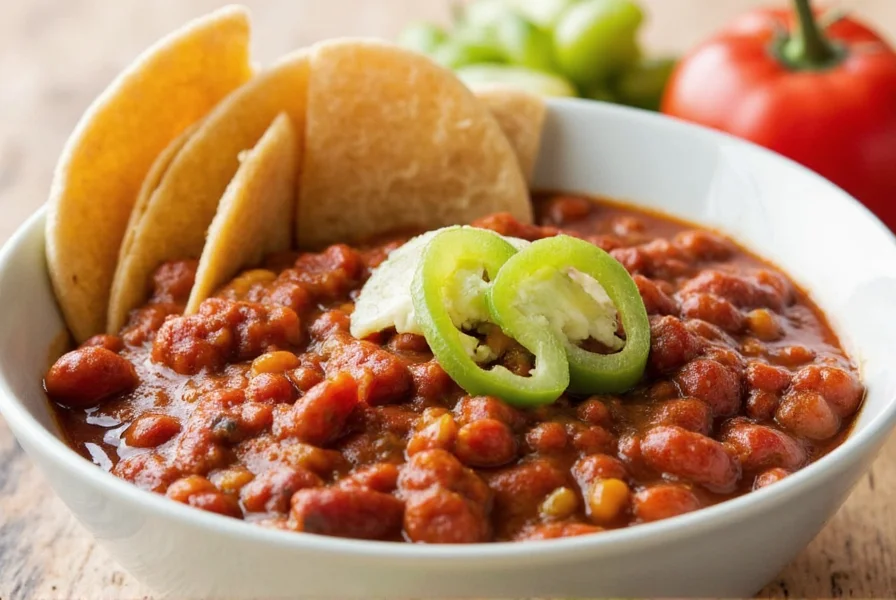
Mole Basics: A Quick Overview
Mole is made by roasting and grinding ingredients like chilies, nuts, and spices, then simmering them with broth or water to create a smooth sauce. Regional variations exist across Mexico, with each area having its own signature recipe. The key to authentic mole is balancing flavors—sweet, spicy, smoky, and savory—through careful ingredient selection and cooking techniques.
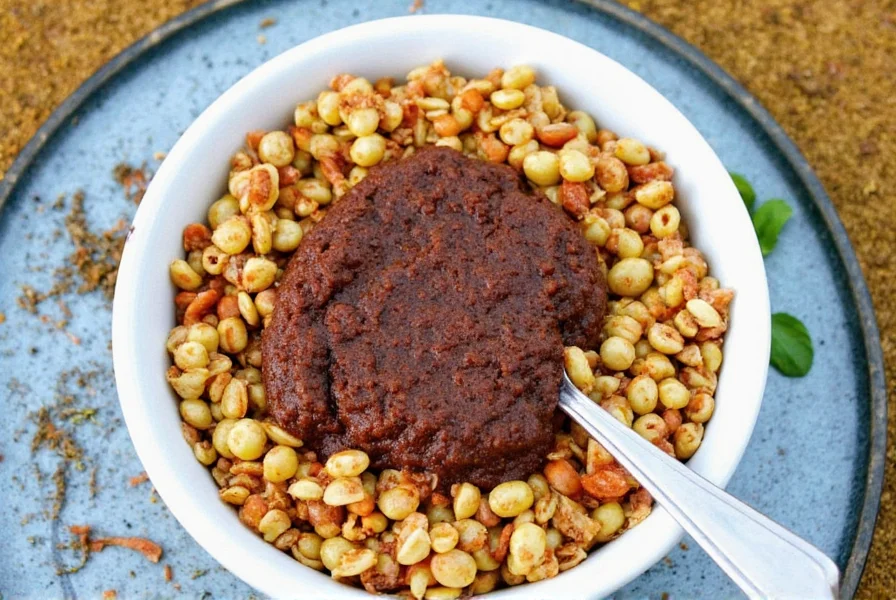
Types of Mole and Their Unique Flavors
There are several regional varieties of mole, each with distinct characteristics:
- Mole Poblano: The most famous type, featuring dark chilies, chocolate, and spices for a rich, sweet-savory profile.
- Mole Verde: Made with green chilies, herbs, and avocado, offering a fresh, herbaceous taste.
- Mole Rojo: A vibrant red sauce using tomatoes and chili peppers for a tangy, bold flavor.
- Mole Negro: Intense and smoky, made with ancho chilies, coffee, and chocolate.
- Mole de Olla: A stew-like preparation with a thick, spiced sauce base.
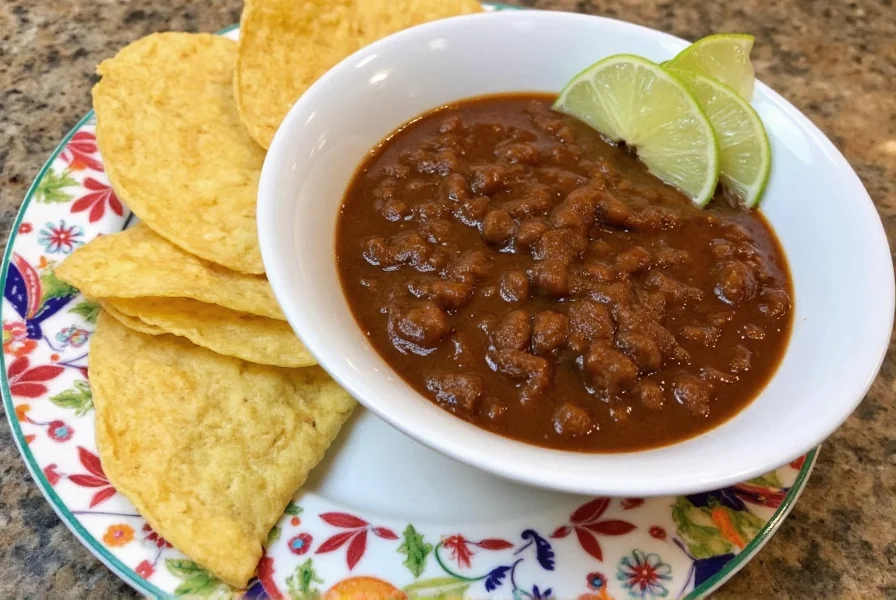
Practical Tips for Using Mole in Your Kitchen
Here's how to incorporate mole into your cooking:
- Start small: Mole is potent; begin with a teaspoon and adjust to taste.
- Marinade: Use as a marinade for chicken, pork, or vegetables for 2-4 hours before cooking.
- Enhance soups: Add a spoonful to stews or soups for depth of flavor.
- Make your own: Homemade mole allows customization of ingredients and spice levels.
- Pair wisely: Serve with rice, tortillas, beans, or fruits like mango for balanced meals.
| Mole Type | Flavor Profile | Best With |
|---|---|---|
| Mole Poblano | Sweet, smoky, rich | Pork, chicken, rice |
| Mole Verde | Herbaceous, fresh | Chicken, eggs, tacos |
| Mole Rojo | Tangy, bold | Beef, stews, enchiladas |
| Mole Negro | Smoky, intense | Beef, roasted vegetables |
Buying Guide: How to Choose the Best Mole
When purchasing mole, consider these factors:
1. Sauce vs. Spice Mix
Choose pre-made mole sauce for convenience or a spice mix if you prefer to prepare it yourself. Authentic mole is always a cooked sauce, while spice mixes are raw blends for homemade preparation.
2. Ingredient Quality
Look for products with real chilies, nuts, and spices—avoid artificial additives. Organic and locally sourced ingredients ensure better flavor and authenticity.
3. Regional Authenticity
Research the origin of the mole. Traditional Mexican brands often provide regional-specific recipes that capture authentic flavors.
4. Read Reviews
Check user feedback for consistency in flavor and quality. Reputable brands typically have positive reviews from experienced cooks.
| Product Name | Features | Advantages | Use Cases | Target Audience | Suitable Occasions |
|---|---|---|---|---|---|
| Mole Poblano Paste | Dark, rich, intensely flavored | Easy to use, versatile | Marinades, sauces, stews | Chefs, home cooks | Parties, holidays |
| Mole Spice Mix | Blend of chilies, nuts, and spices | Customizable, fresh | Homemade recipes, creative cooking | Cooking enthusiasts, spice lovers | Weekends, special projects |
| Mole Sauce Jar | Ready-to-use, shelf-stable | Convenient, consistent | Quick meals, casual dinners | Busy families, casual cooks | Dinners, family gatherings |
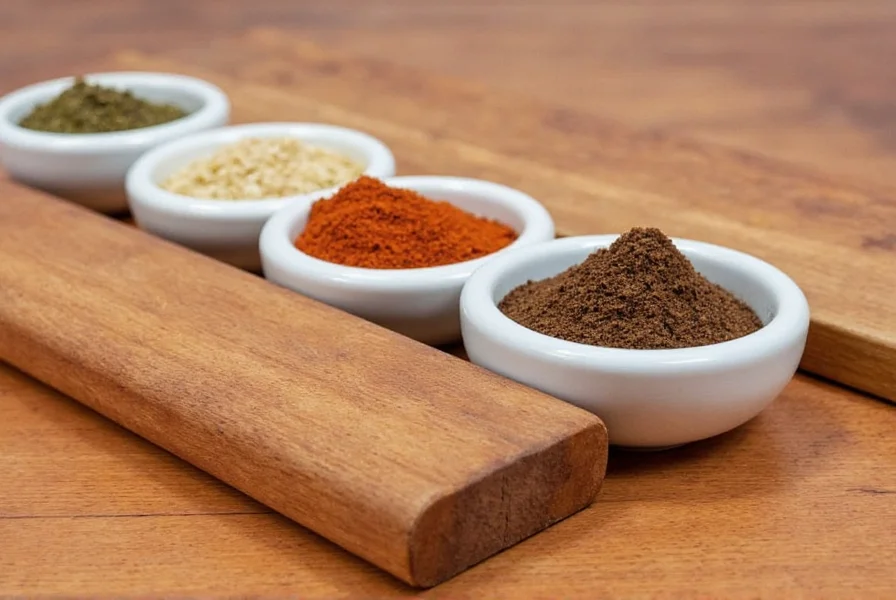
Frequently Asked Questions About Mole
Here are answers to common questions about mole:
-
What exactly is mole?
Mole (pronounced "moh-leh") is a traditional Mexican sauce made from a blend of ingredients including chili peppers, chocolate, nuts, seeds, and spices. It is not a single spice but a complex sauce used in Mexican cuisine. The word "mole" comes from the Nahuatl language meaning "mix" or "blend."
-
How is mole pronounced?
Mole is pronounced "moh-leh" (not "mole" like the animal). This pronunciation honors its Mexican origins and distinguishes it from the English word for the animal.
-
Does all mole contain chocolate?
No. While mole poblano typically includes chocolate, many varieties like mole verde, mole amarillo, and mole rojo do not contain chocolate at all. The misconception arises from mole poblano's international popularity.
-
How long does homemade mole last?
Homemade mole sauce lasts 3-4 days refrigerated in an airtight container or up to 6 months frozen. Mole spice blends (dry mixtures) last several months when stored in a cool, dark place.
-
Can mole be made vegetarian or vegan?
Yes. Substitute chicken broth with vegetable broth or water. Traditional mole ingredients like chilies, spices, nuts, and chocolate are plant-based, making vegan versions straightforward.
Conclusion
Mole is a cornerstone of Mexican culinary tradition—a rich, complex sauce that embodies centuries of cultural heritage. Far from being a simple spice, it represents a harmonious blend of flavors and techniques passed down through generations. Whether you're using store-bought paste or crafting your own from scratch, mole offers endless possibilities to elevate your dishes with authentic Mexican flavor.
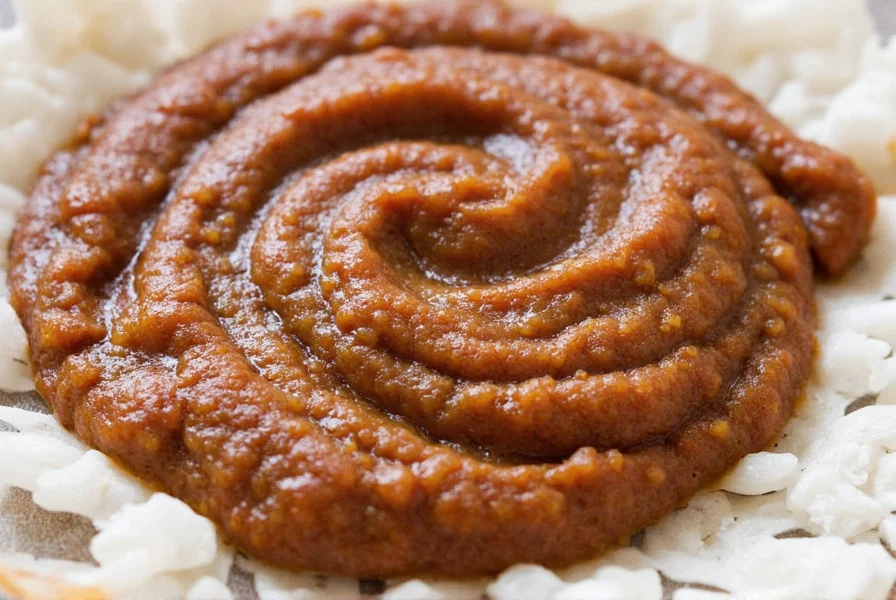

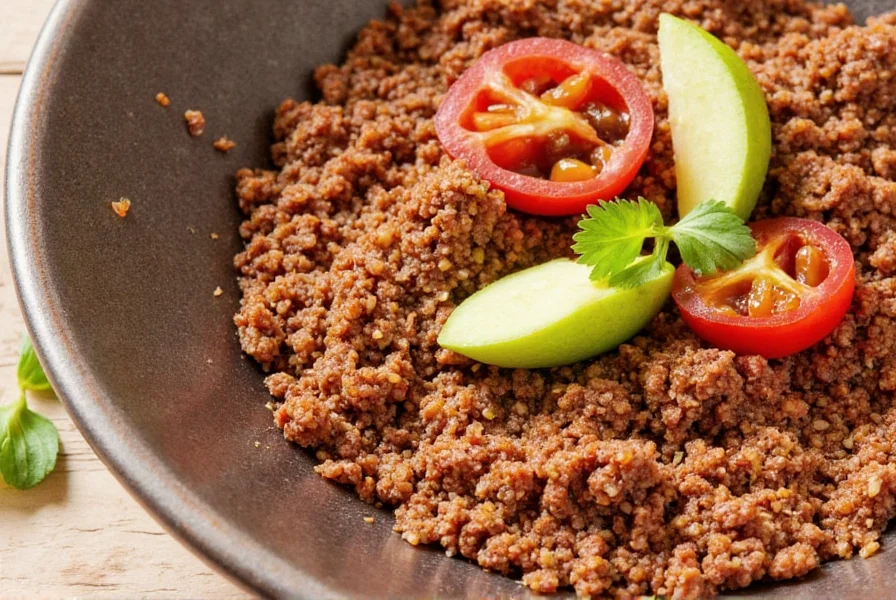









 浙公网安备
33010002000092号
浙公网安备
33010002000092号 浙B2-20120091-4
浙B2-20120091-4